Exploring the Top 10 Common Home Inspection Issues

Embarking on the journey of buying a home marks a significant milestone. However, before you celebrate with champagne and settle into your dream abode, there’s a pivotal step that can either make or break the deal – the home inspection. Delving into a thorough examination of your prospective home can reveal a multitude of issues, some more prevalent than others. In this blog, we will explore the top 10 common home inspection issues that might be hiding behind those freshly painted walls.
Roofing Challenges:
A leaky roof can trigger a chain of problems, ranging from water damage to mold growth. Home inspectors frequently uncover issues such as missing shingles, damaged flashing, or signs of wear and tear that may require repairs or a complete roof replacement.
Electrical Dilemmas:
Outdated wiring, overloaded circuits, and faulty electrical panels are frequently encountered during home inspections. These issues not only pose safety risks but can also lead to electrical fires. Inspectors meticulously scrutinize the electrical system to ensure it aligns with current safety standards.
Plumbing Predicaments:
Leaky faucets may appear trivial, but concealed leaks within walls or beneath the floor can result in extensive water damage and mold growth. Inspectors meticulously evaluate the plumbing system, checking for leaks, proper drainage, and the overall condition of pipes and fixtures.
HVAC Headaches:
A malfunctioning heating, ventilation, and air conditioning (HVAC) system can transform your cozy home into an uncomfortable living space. Inspectors assess the age, efficiency, and condition of the HVAC system to ensure it can maintain a comfortable indoor environment.
Foundation Frustrations:
A robust foundation is paramount for the structural integrity of a home. Home inspectors search for cracks, settling, or other signs of foundation issues that could lead to costly repairs in the future.
Mold Matters:
Mold is not only visually displeasing but can also pose health risks. Inspectors are trained to identify signs of mold growth, often found in damp or poorly ventilated areas such as basements and bathrooms.
Insulation Inadequacies:
Insufficient insulation can result in energy inefficiency and increased utility bills. Home inspectors evaluate the insulation in the attic, walls, and floors to ensure it meets the recommended standards for the local climate.
Structural Snafus:
Structural issues can be a deal-breaker. Home inspectors scrutinize the overall structural integrity of the home, checking for signs of sagging, shifting, or compromised support structures.
Poor Ventilation:
Inadequate ventilation can lead to a myriad of problems, including excess moisture, mold, and poor indoor air quality. Inspectors evaluate ventilation systems in areas like the kitchen and bathrooms to ensure they function properly.
Aging Appliances:
While not necessarily a structural issue, aging appliances can accumulate significant expenses. Inspectors examine the condition and functionality of appliances such as water heaters, ovens, and dishwashers to provide insight into their remaining lifespan.
In conclusion, a comprehensive home inspection is a crucial step in the home-buying process. Recognizing and addressing these common issues early on can save you from future headaches and unforeseen expenses. Always remember, knowledge empowers you, and being cognizant of these potential pitfalls will aid in making informed decisions for your new home.
